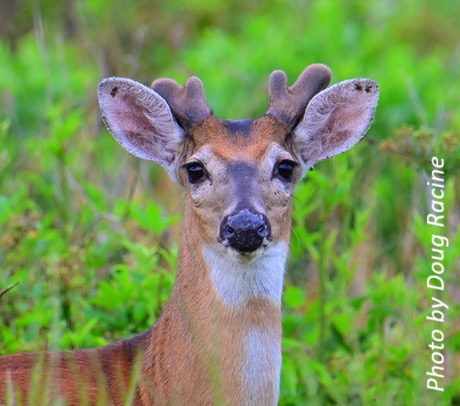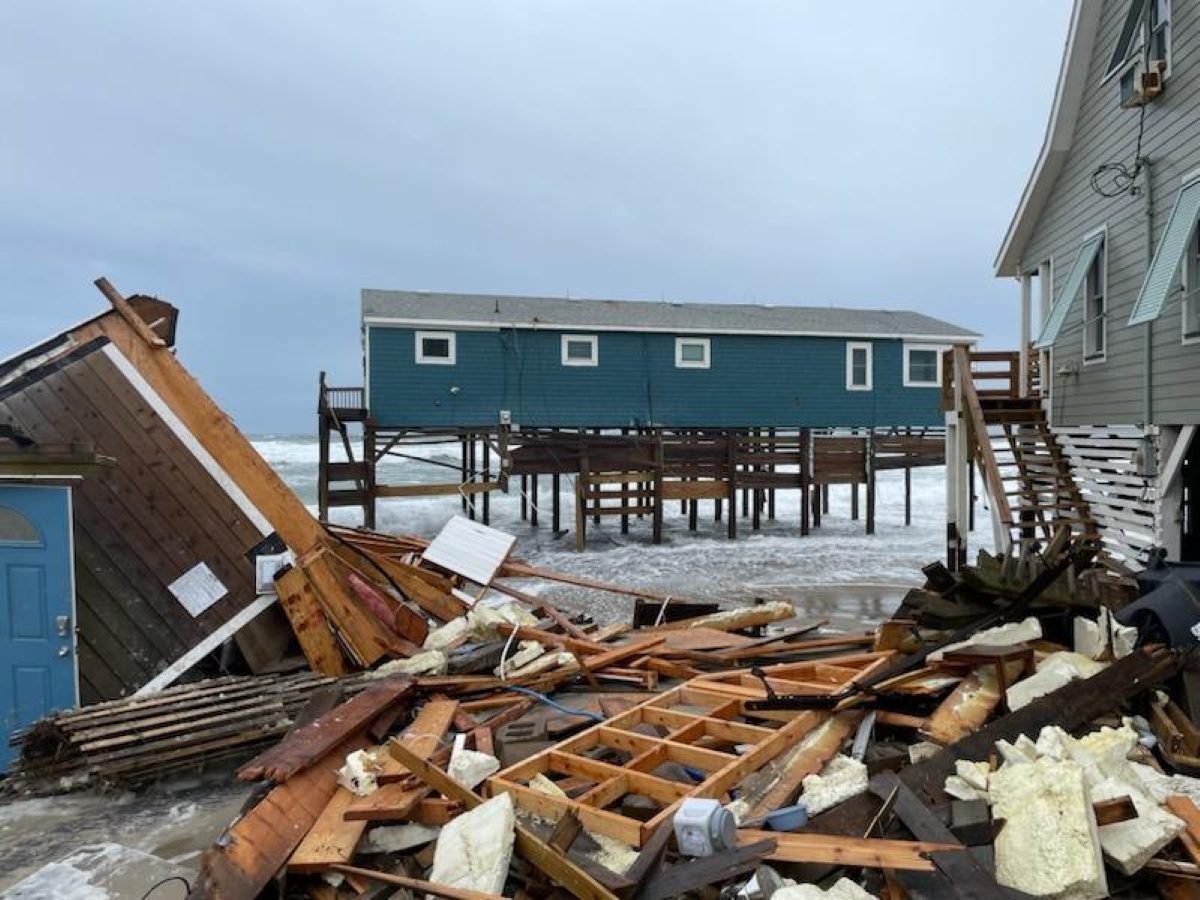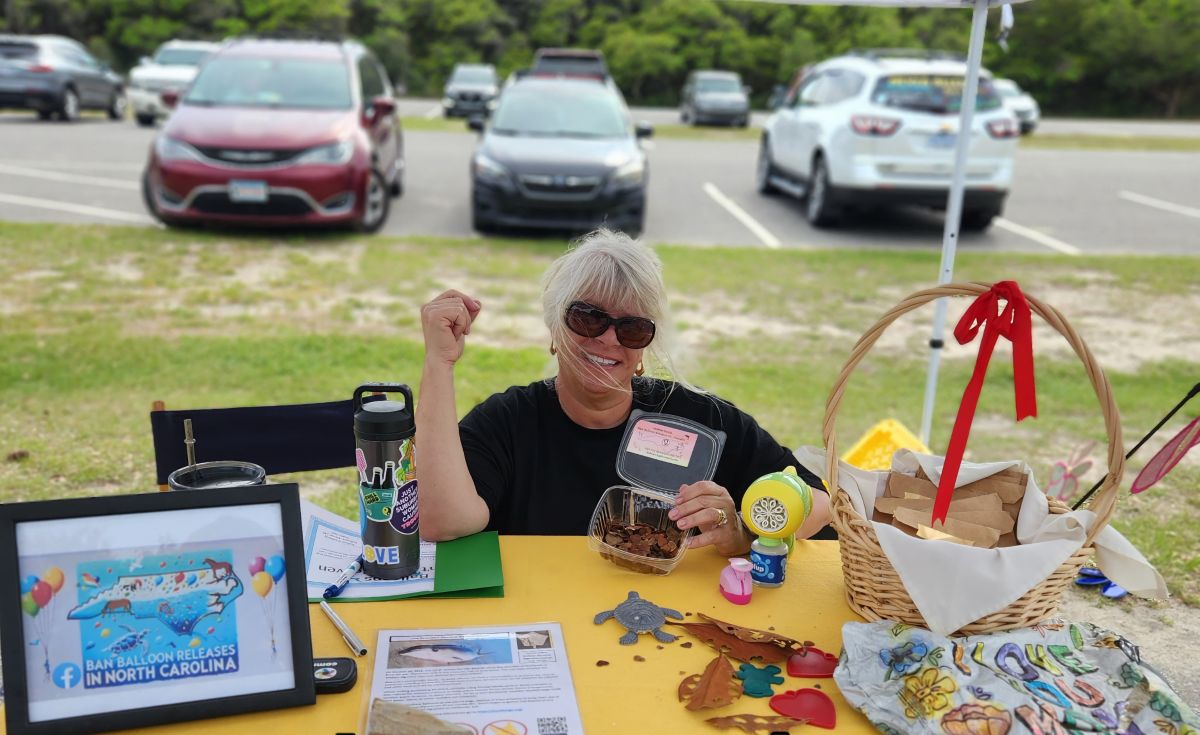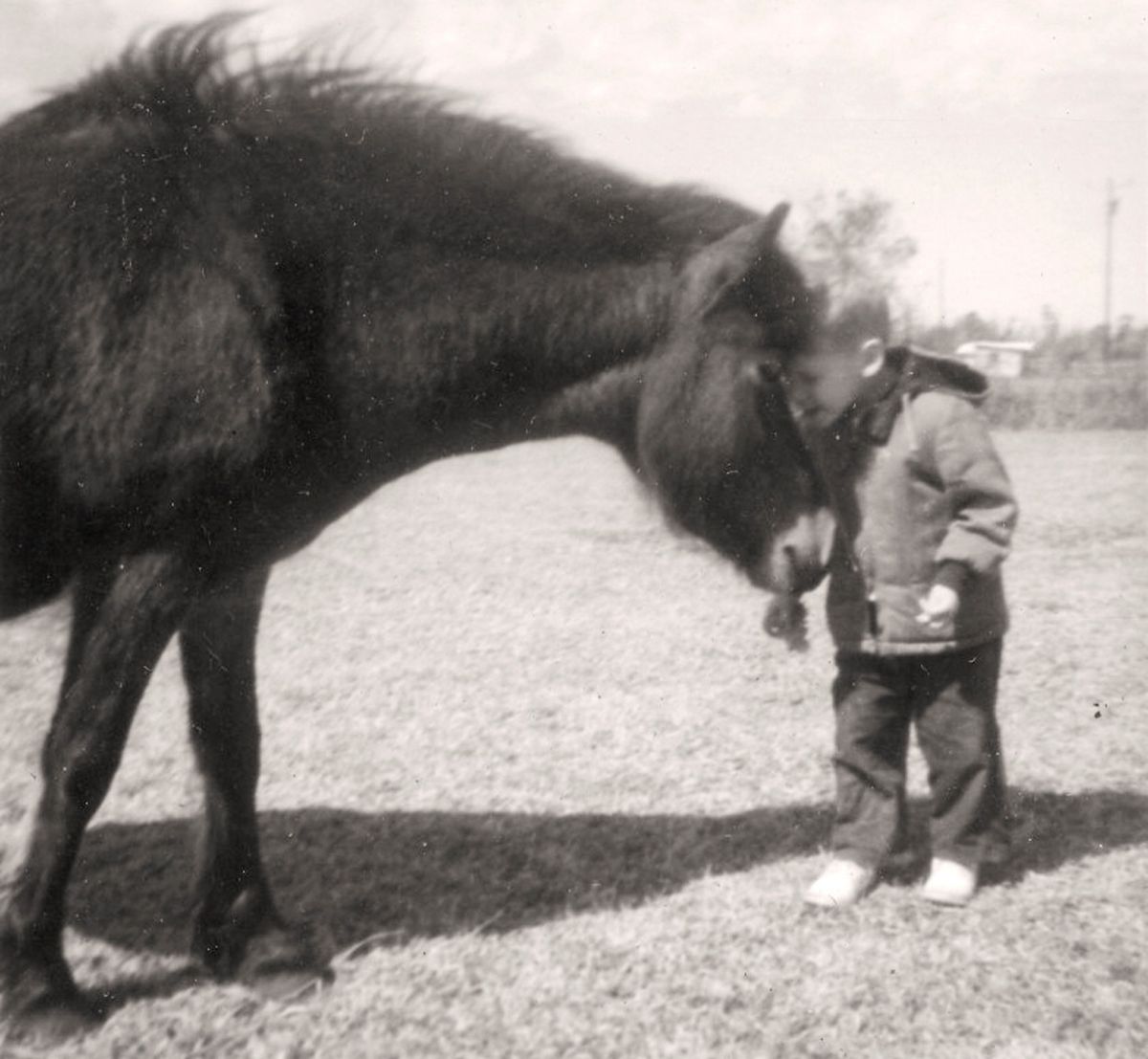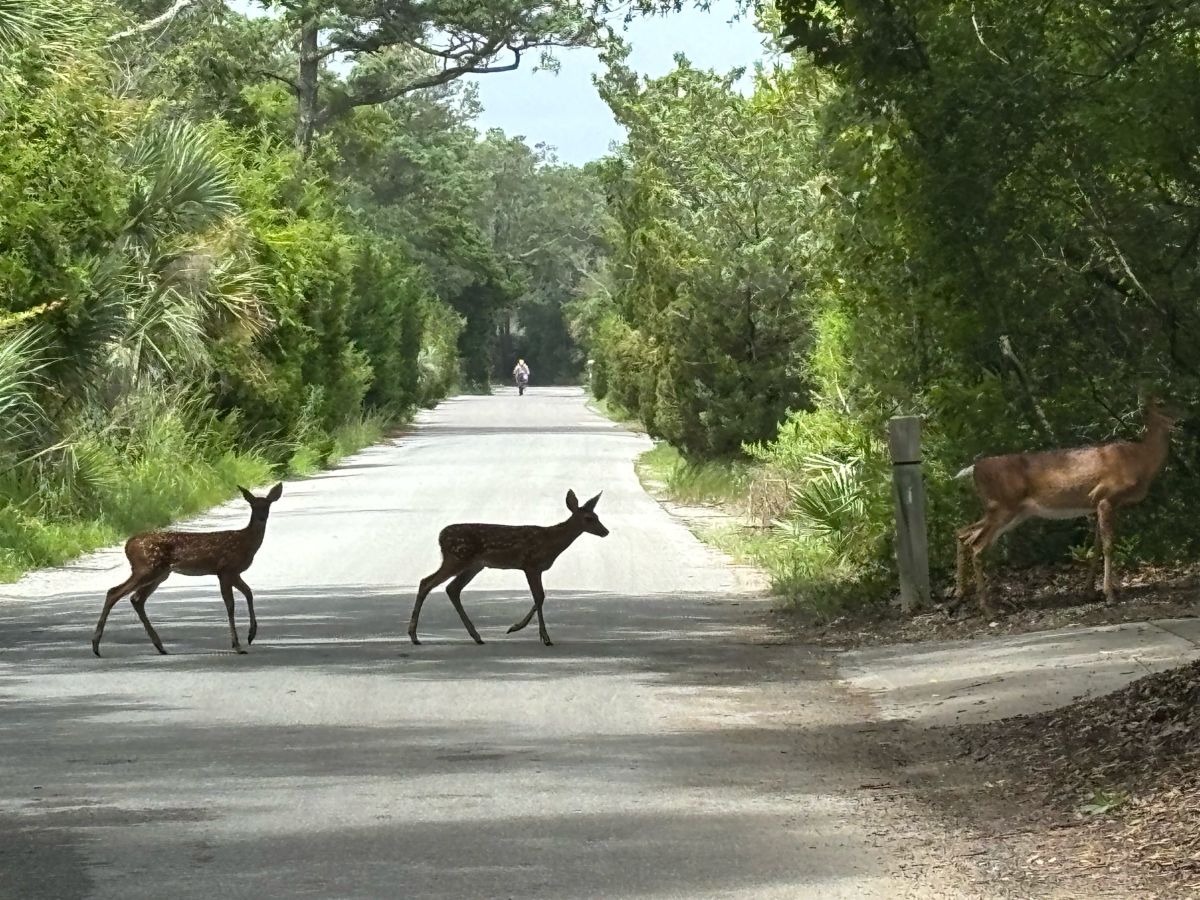
It won’t be long before baby fawns are born into the white-tailed deer herd on Bald Head Island.
In the weeks between May and June, the Brunswick County island’s deer population will most certainly rise as pregnant does give birth this spring. By how much? No one can be certain.
Supporter Spotlight
The latest white-tailed survey on the island estimates the population at 221 deer. That number has crept up and over the island’s target population, one determined to be “healthy” for white-tail, habitat and people on the island.
On land where deer have no major predators, hunting is not allowed, and the habitat serves up a lush buffet of plants, saplings and grasses. Nature cannot be depended on to manage the herd.
Five years have passed since the last round of contraception was administered to a number of female deer on the island and, as evidenced by the rise in white-tail there, the drug appears to be wearing off. And more years have lapsed since the island last contracted a company to thin the deer population through a process called culling, which is selective hunting.
Now village officials are once again faced with balancing the deer population through a means, and budget, island residents will approve.
Dr. Chris DePerno, a North Carolina State University professor and wildlife biologist whose expertise includes population ecology and management, works with local governments in other states that manage deer populations each year through culling.
Supporter Spotlight
He recently met via the web with the village council to discuss their options.
From a management standpoint, DePerno said, 100 to 120 deer seems a reasonable number of white-tail on the island.
“Understand that deer are reproductively efficient,” DePerno said during the council’s April 11 meeting. “They’re good at it and as soon as you’re down to the 120, the next reproductive season, you’re going to be over that. So, I always recommend going a little bit heavier on any culls than you think you might want.”
Even if the decision is made to go with immunocontraception, it will be necessary to cull between 75 and 100 deer early next year to bring down the number of white-tail on the island, village officials say.
Culling was introduced on the island in the early 2000s, when the deer population tipped into the 300s. Annual culls occurred on and off from 2003 on, before a grassroots organization introduced the idea of a nonlethal means of management to the Bald Head Island Conservancy.
One of the roles of the nonprofit, which sponsors and facilitates scientific research, is to oversee and administer deer management projects on the island. The conservancy does not advise the village on which management methods it should choose.
In 2014, the village introduced immunocontraception as a means of managing the island’s deer population, a move that kicked off what became a research study of sorts in testing the efficacy of the federally-approved drug in a wild deer population.
Immunocontraception is labor-intensive and costly management method at about $4,000 a deer.
After a female deer is successfully hit with a tranquilizer dart, she’s given a health check and a sample of her blood is collected before she is injected with the contraception. She’s then tagged and fitted with a tracking collar.
The process takes about an hour from start to finish, “if everything goes according to plan,” Dr. Beth Darrow, chief scientist with the Bald Head Island Conservancy, said in a telephone interview. “They might be able to get maybe three deer in a night if everything goes well and they find their target deer.”
Each female needs two injections, one initial shot and one the following year.
“If everything went according to plan and the deer got both doses, it was 86% effective at preventing pregnancy in the next year,” Darrow said.
That percentage can increase, she said, but the question is how long will the drug last.
“We know basically now that it’s been five years since any deer has had any (injection) and we’ve seen a lot of deer who’ve had it previously with fawns. So, we’re pretty sure that it’s almost completely inactive five years later,” Darrow said.
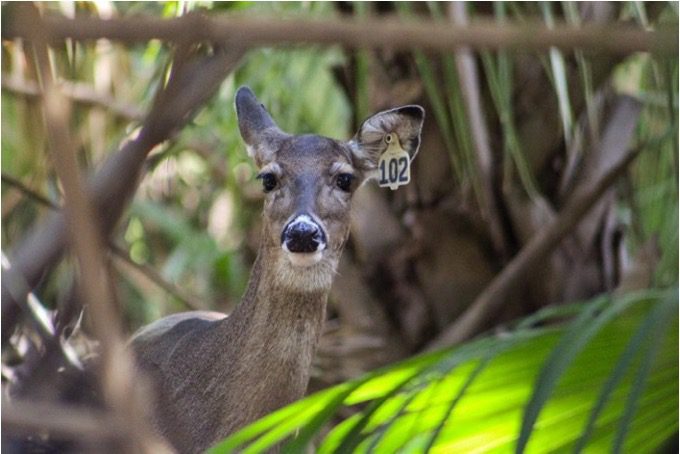
Does can birth one to two, and in rare cases, three fawns a year. And, they have the potential to have twins.
“If you put those two together, it’s like each mom is more than replacing herself,” Darrow said. “If she survives, then it’s kind of an exponential population growth.”
And Bald Head Island has ideal habitat for deer. The Bald Head Island Club golf course offers acres of nice, healthy grass. There’s the oceanfront dune environment as well as the many “edge” environments throughout the island.
“We have transitions from forest to dunes and forest to marsh and we’ve seen (deer) in all of these areas and using all these areas and eating plants in all these areas,” Darrow said. “So, I do think it’s possible that Bald Head Island can support a higher density of deer in a healthy way than other places might. I think it is very healthy habitat for them.”
That being said, the island also has dozens of acres of sensitive, rare maritime forest that must be protected “from getting mowed down by a hungry deer population,” she said.
The conservancy is in the process of surveying the forest to try and determine whether the deer population is damaging that habitat. Darrow said they hope to conduct a study beginning next year with a forest expert from N.C. State.
In the meantime, village officials are expected to continue discussing deer management at the council’s May 16 meeting.
DePerno told village council members earlier this month that he understands they are “trying to walk the line between doing a cull” and immunocontraception.
“I think you’re trying to make everyone happy and I appreciate that and I’m not being negative,” he said. “I’m just telling you that, in my experience with the communities I’ve worked with, they take on this fight relating to culling and, once they battle it and it becomes a norm within the community, they don’t have these types of discussions. They just remove 40 individuals every year or 50 individuals every year and that helps your budget. It helps your discussions and deer management because it’s consistent.”
Should village officials decide to use immunocontraception to manage the island’s deer population, that would not take place until the next budget, which kicks off July 1, 2026.

